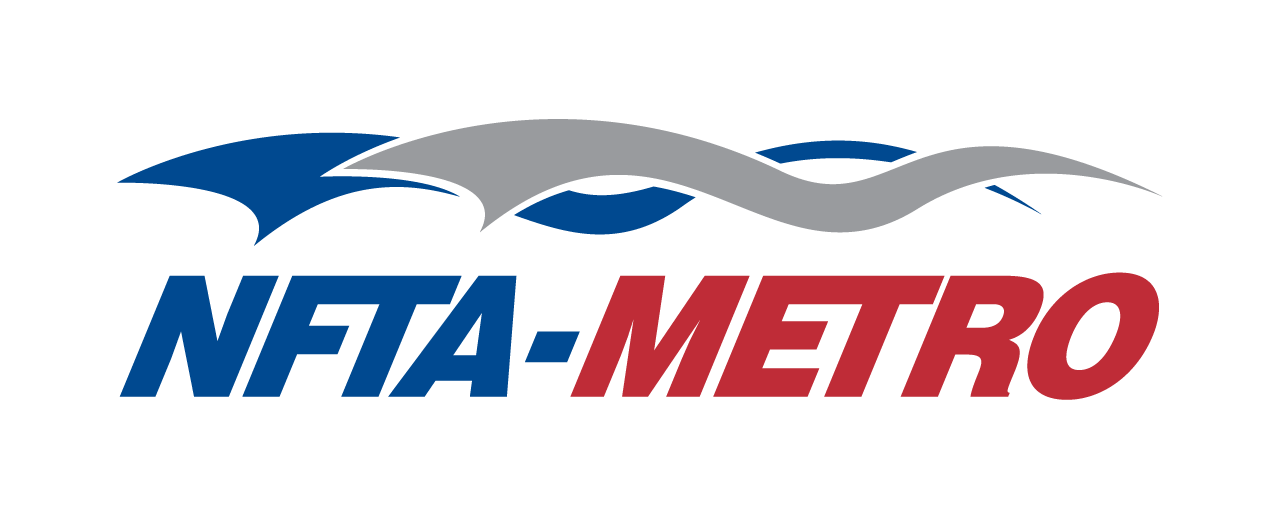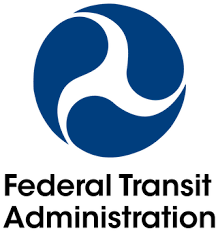Draft Environmental Impact Statement
The Federal Transit Administration (FTA), as lead Federal agency, and the Niagara Frontier Transit Metro System, Inc. (Metro), as local project sponsor and joint lead agency have prepared a Draft Environmental Impact Statement (DEIS) and Draft Section 4(f) Evaluation for the Buffalo-Amherst-Tonawanda Corridor Transit Expansion (the Proposed Project).
In the DEIS, FTA and Metro evaluated three alternatives, the No Action Alternative (No Build), the Bus Rapid Transit (BRT) Build Alternative, and the Light Rail Transit (LRT) Build Alternative which is the Locally Preferred Alternative. The DEIS describes the potential social, economic, and environmental effects that may result from the Proposed Project. Where adverse impacts are identified, potential measures to mitigate those effects are described. The Draft Section 4(f) Evaluation documents the Proposed Project in terms of its compliance with the requirements of Section 4(f).
The DEIS and Draft Section 4(f) Evaluation are available for a 45-day public review period (July 25, 2025 to September 8, 2025).
During this time, a public hearing will be held on August 19 from 6:00 pm to 8:00 pm at Sweet Home Middle School, 4150 Maple Rd, Amherst, NY 14226. You are invited to attend the public hearing and provide comments.
September 9, 2025 - The comment period is now closed.
To request a translator for a specific language, assistive listening system, or any other accommodation to facilitate review and comment of the DEIS, please contact Metro using the contact information above.
Draft Environmental Impact Statement
Chapters
- Abstract
- Executive Summary
- Chapter 1 Purpose and Need
- Chapter 2 Alternatives Considered
- Chapter 3 Transportation
- Chapter 4 Environmental Considerations
- 4.1 Property Acquisitions and Displacements
- 4.2 Land Use
- 4.3 Socioeconomic Conditions
- 4.4 Neighborhoods and Communities
- 4.5 Visual Quality
- 4.6 Historic and Cultural Resources
- 4.7 Parklands and Recreational Resources
- 4.8 Geology, Soils, and Prime Farmlands
- 4.9 General Ecology and Wildlife
- 4.10 Water Resources
- 4.11 Noise
- 4.12 Vibration
- 4.13 Air Quality
- 4.14 Energy
- 4.15 Hazardous Materials
- 4.16 Utilities
- 4.17 Construction Effects
- 4.18 Indirect and Cumulative Effects
- 4.19 Commitment of Resources
- Chapter 5 Section 4(f)
- Chapter 6 Comparison of Alternatives
Appendices
- A1 Project Purpose and Need
- A2 Alternatives Considered
- B1 Alternatives Considered Supplemental Information
- B2 Conceptual Design Plans
- C1 Transportation Technical Report
- C2 Travel Demand Forecasting
- C3 Access Modification Report
- D1 Potential Property Acquisitions Supplemental Information
- D2 Land Use Supplemental Information
- D3 Socioeconomic Conditions Supplemental Information
- D4 Neighborhoods and Communities Supplemental Information
- D5 Visual Impact Assessment
- D6 Parklands and Recreational Resources Supplemental Information
- D7 Noise and Vibration Supplemental Information
- D8 Air Quality Supplemental Information
- D9 Energy Supplemental Information
- D10 Construction Effects Supplemental Information
- D11 Indirect and Cumulative Effects Supplemental Information
- E1 Hazardous Materials Supplemental Information
- E2 Phase I Environmental Site Assessment
- E3 Phase I Memo and Detailed Table Review
- F1 Historic and Cultural Resources Supplemental Information
- F2 Historic Resources Report
- F3 Historic Effects Assessment
- F4 Phase 1A
- F5 Archaeological Testing Work Plan
- F6 Supplemental Background Research
- F7 Section 106 Documentation
- G1 Detailed Geology, Soils, and Prime Farmlands Supplemental Information
- G2 Geotechnical Recommendations Report
- G3 Geotechnical Data Report
- H General Ecology and Wildlife Supplemental Information
- I1 Water Resources Supplemental Information
- I2 Wetland Determination Report
- I3 Stormwater Treatment Documentation
- I4 Hydraulics Analysis
- J1 Public Outreach and Coordination Report
- J2 Listening Sessions and Survey
- K Section 4(f) Evaluation Supplemental Information





